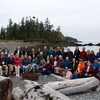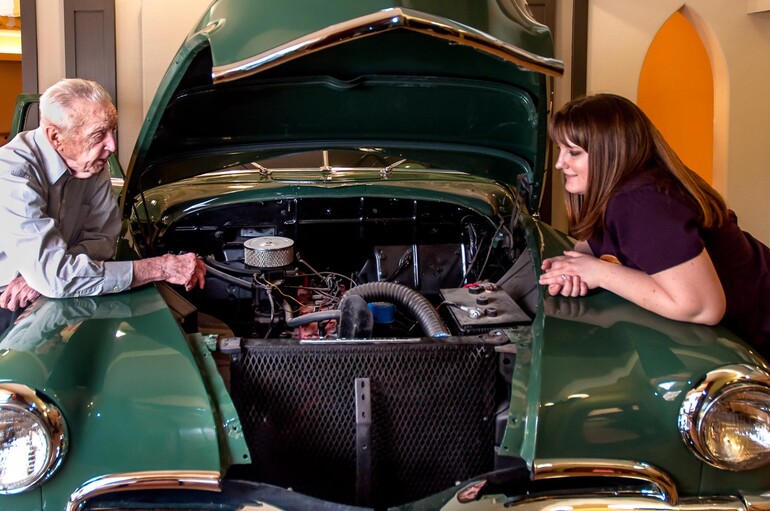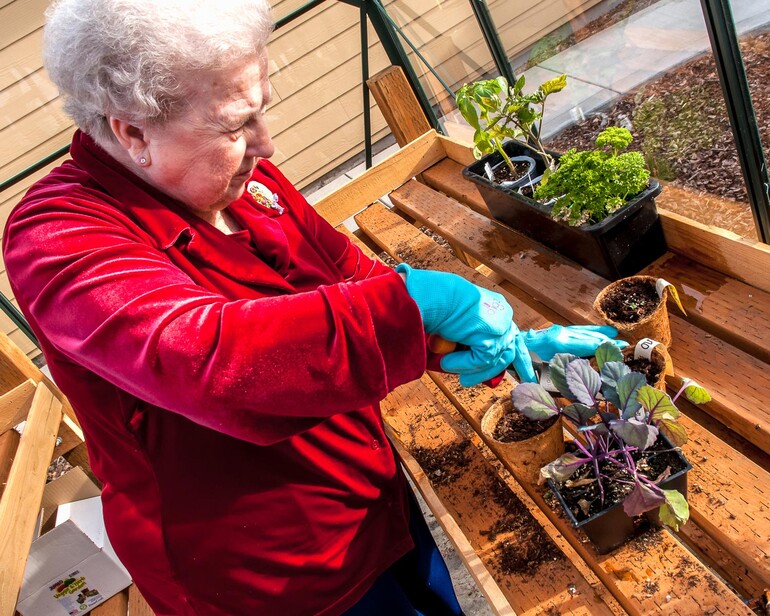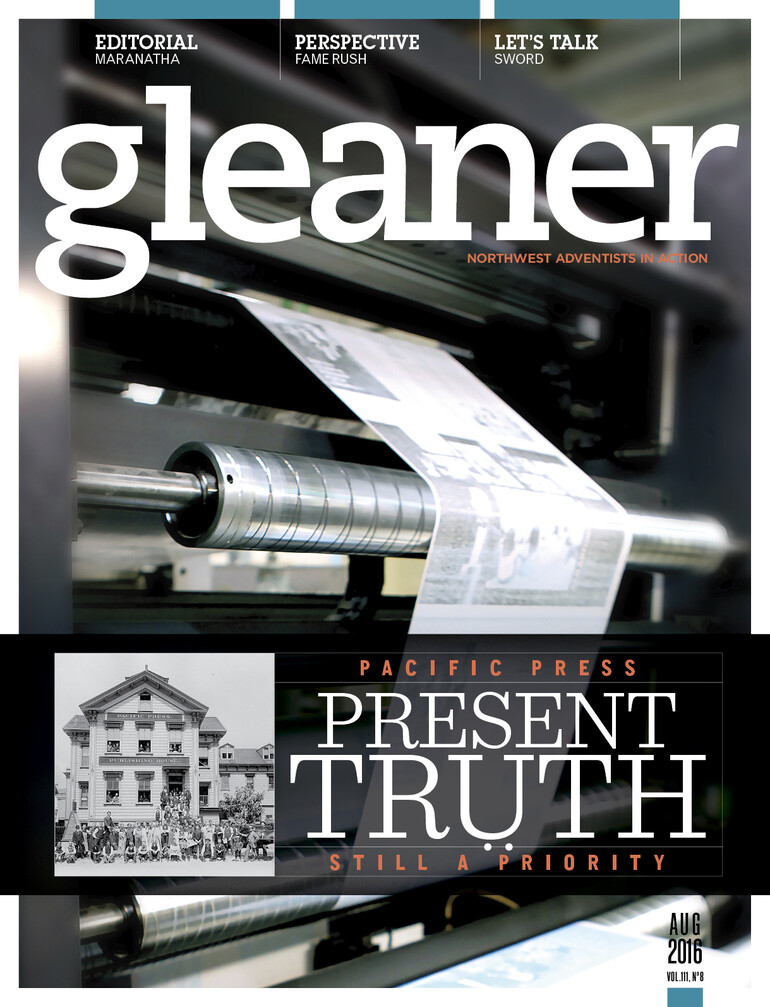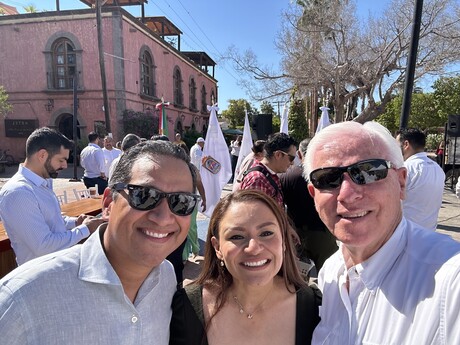Parkview Memory Centers are using innovative activities and experiences to stimulate memories in Alzheimer’s and dementia residents. The centers are located at Generation's Wheatland Village in Walla Walla, Wash., and CherryWood Village in Portland, Ore.
“Each community has spaces that resemble a space or time in a resident’s life,” says Melody Gabriel, Generations president and Adventist Health board member. “There’s a small chapel that looks like a church, a beauty parlor, an auto garage and an eatery.”
At Wheatland Village, where several residents have a history of outdoor work and farming, caregivers decided to start a garden where residents could plant, care for and harvest vegetables to be used for meals. They started the seeds in a greenhouse on the campus and then spent a day transplanting them into raised planters for easy access.
“They got to dig holes with their hands and 'play' in the dirt,” says Natasha Delano, Memory Care and Assisted Living at Wheatland Village director. “After we were done, they told me all about the kinds of fertilizers I should use and how we should care for the plants. These aren’t people who are usually verbal, but they had so much to share around this experience.”
Adventist Health partners with Generations LLC, a family-owned and -operated company that manages resort-style retirement communities across California, Oregon, Washington and Utah. Generations worked with Walla Walla General Hospital and Adventist Medical Center in Portland to develop Wheatland Village and CherryWood Village, both of which include Parkview Memory Care facilities.
“Wendell White, founder of Generations, wanted to have some kind of community for our residents with Alzheimer’s that wasn’t a nursing home, where they could have their independence,” says Delano. “It’s designed for people to have more autonomy in their daily life.”
Parkview facilities use a holistic approach — focusing on the mind, body and spirit — to treat and care for the health of each whole person. The same approach was used in the design and construction of the memory care buildings — perhaps the most unique being the incorporation of an antique car into the design of each facility.
“The 1940s and 1950s, when many of our residents grew up, were the heyday of the automobile,” says White. “Cars were a huge part of life. You remember the car you learned to drive in, if your first kiss was in a car. There are so many milestone memories associated with being behind the wheel, and we can stimulate those long-term memories for our residents.”
Residents are encouraged to actively participate in the community living spaces, watching old TV shows and nature documentaries in the theater, getting their hair done at the salon, and spending time in the antique cars.
“They can climb in the front or back seats, use the radio or fiddle with the motor,” says Gabriel. “At CherryWood, one resident who used to be a mechanic actually disassembled the whole motor. But that’s what it’s there for — to give residents a physical part of a memory.”

